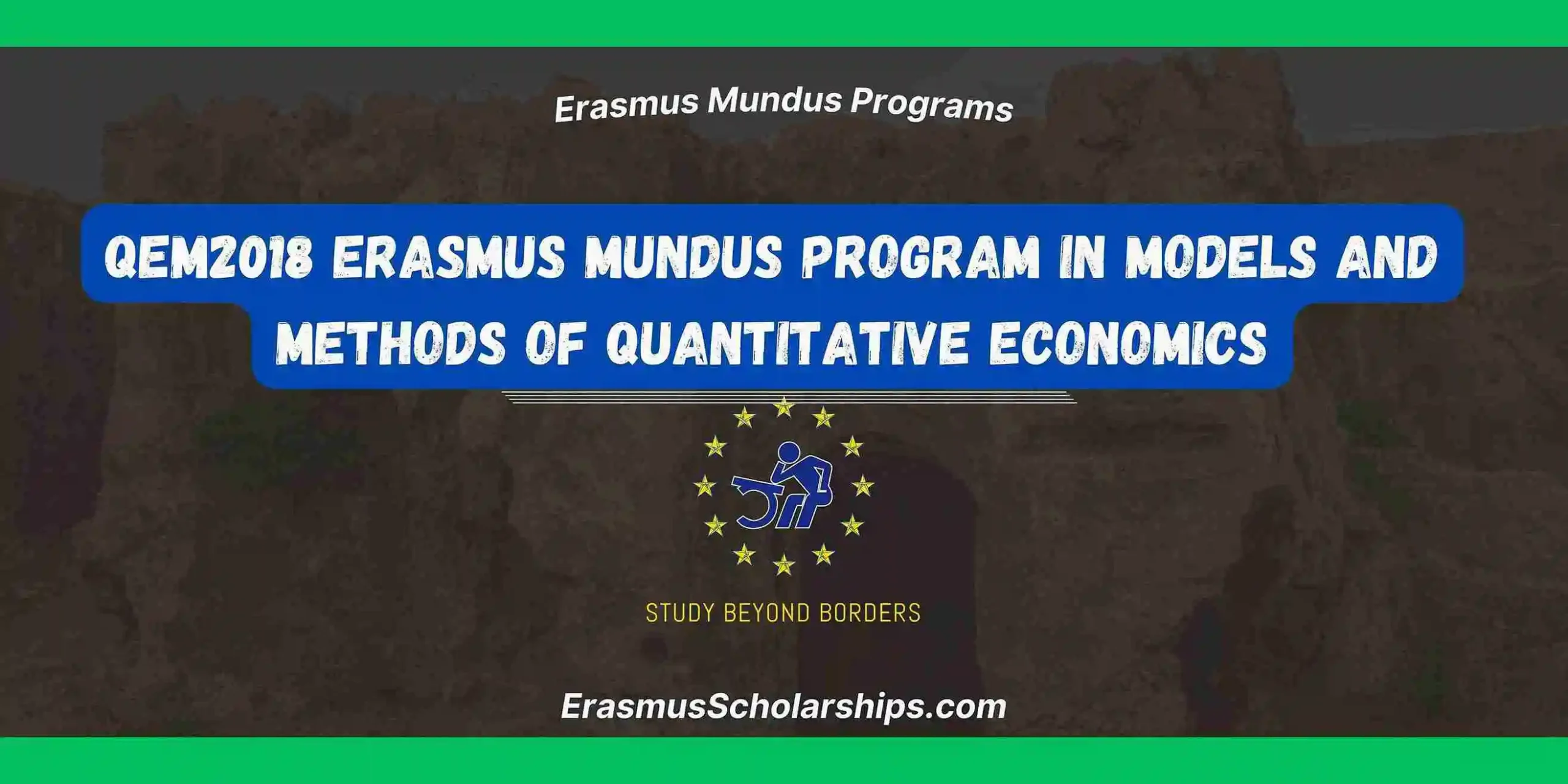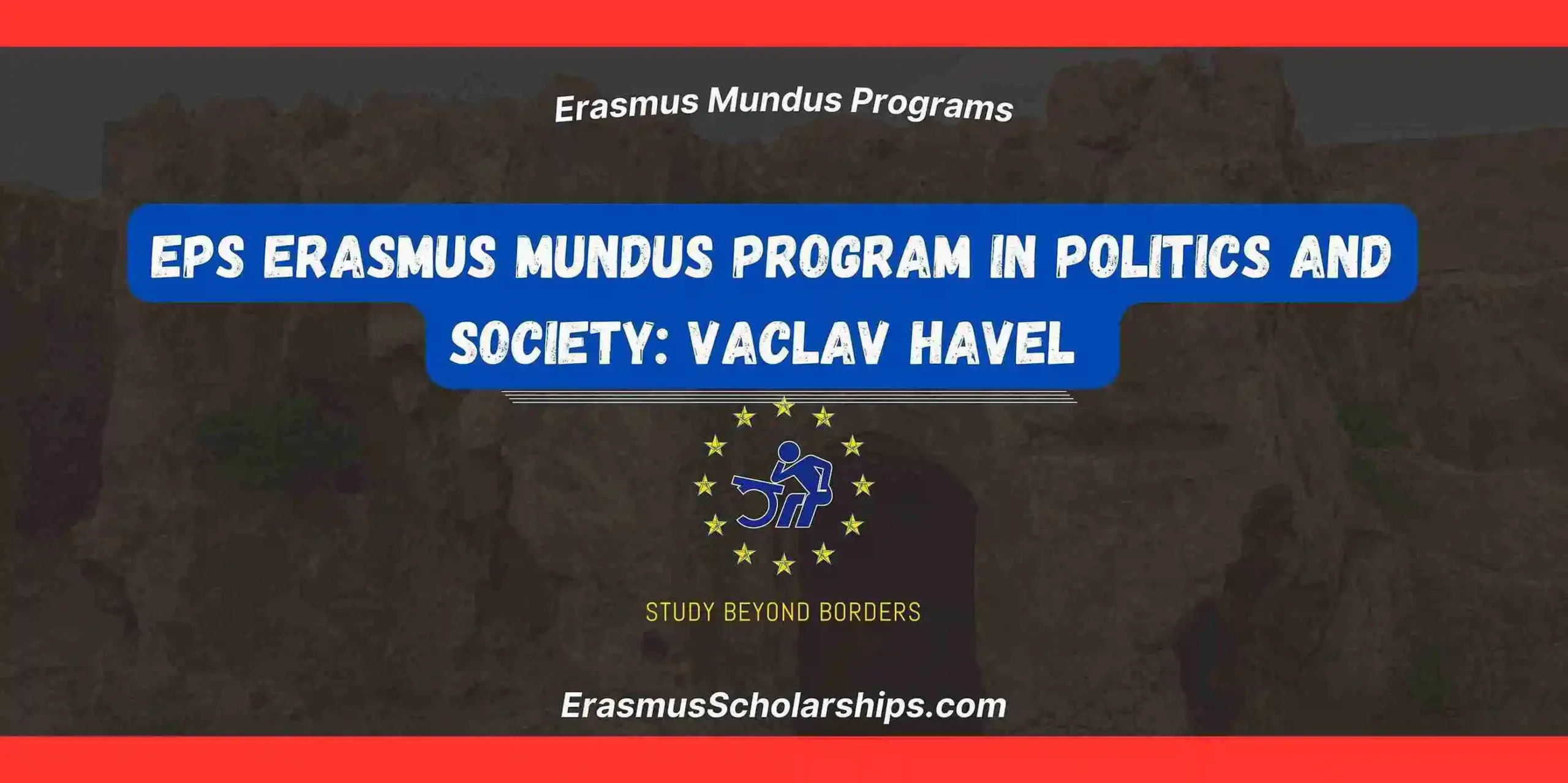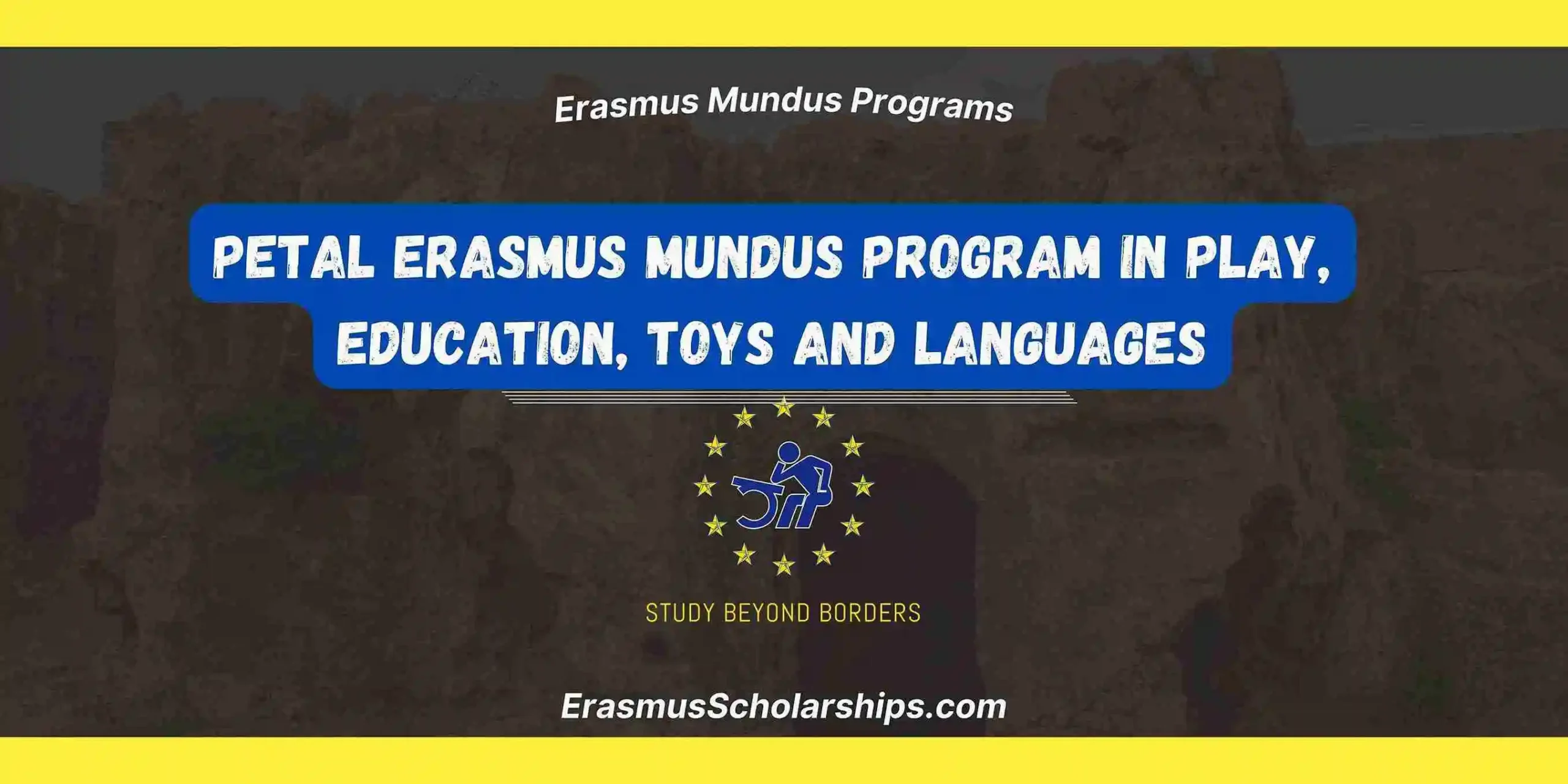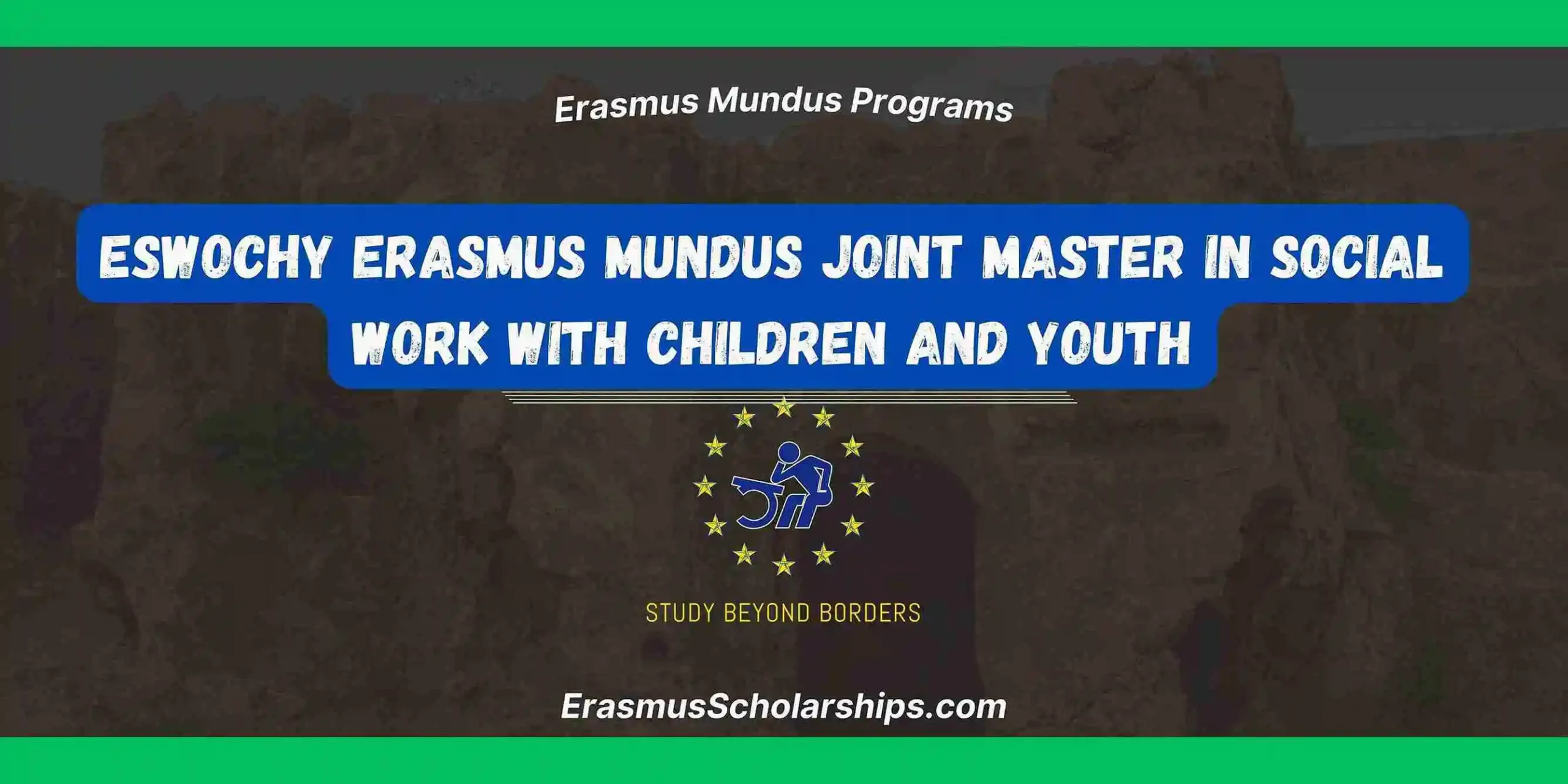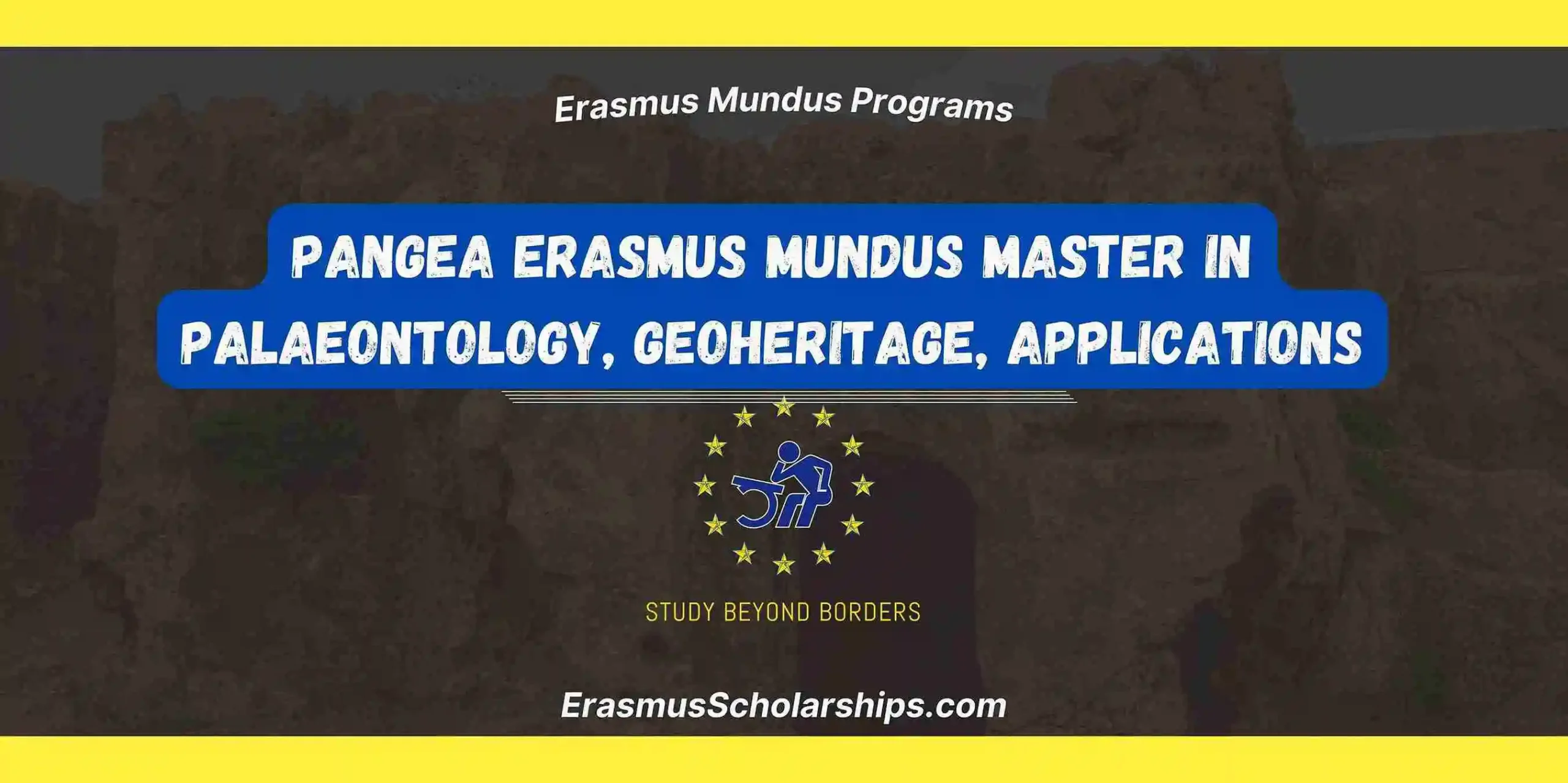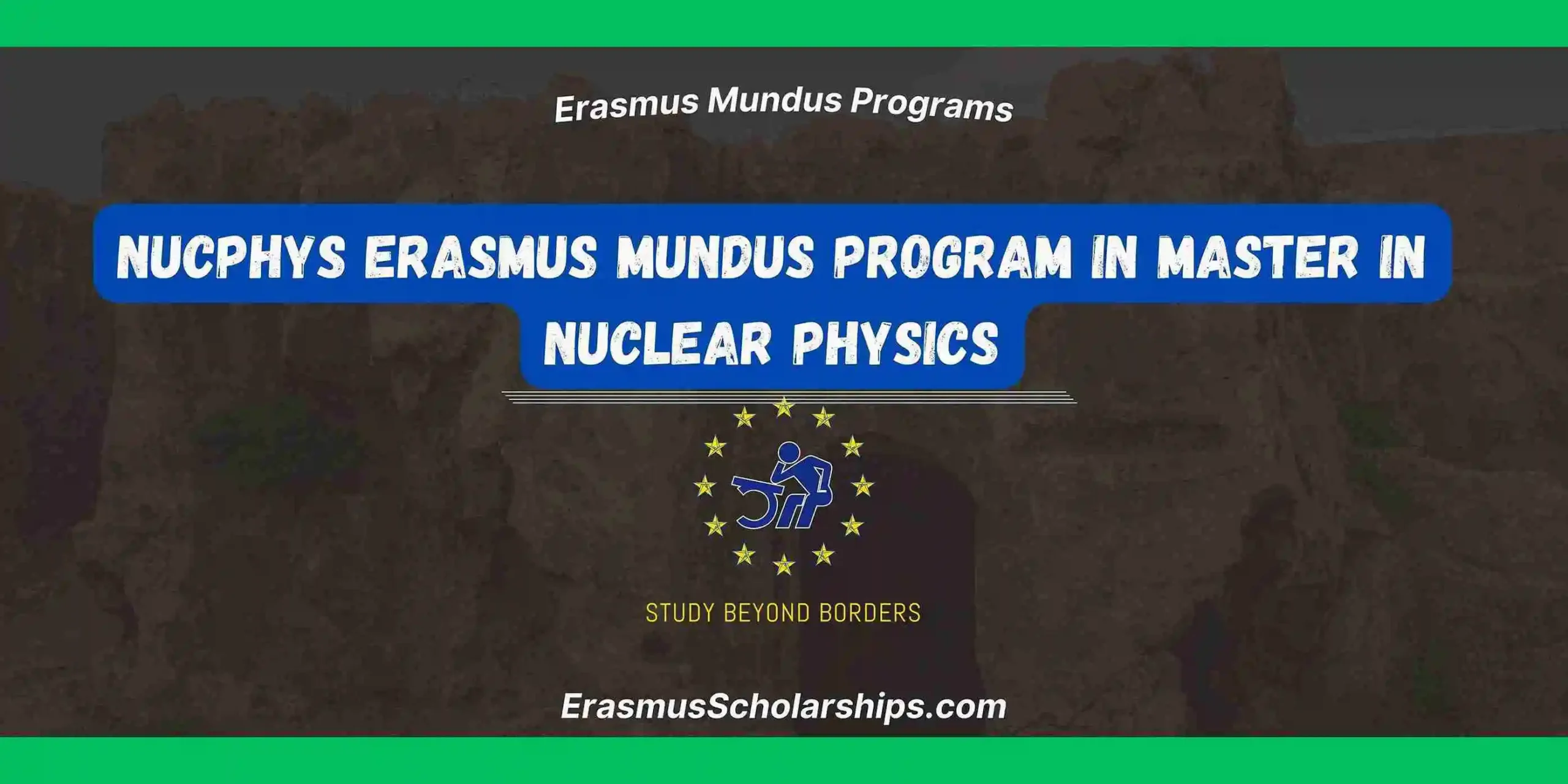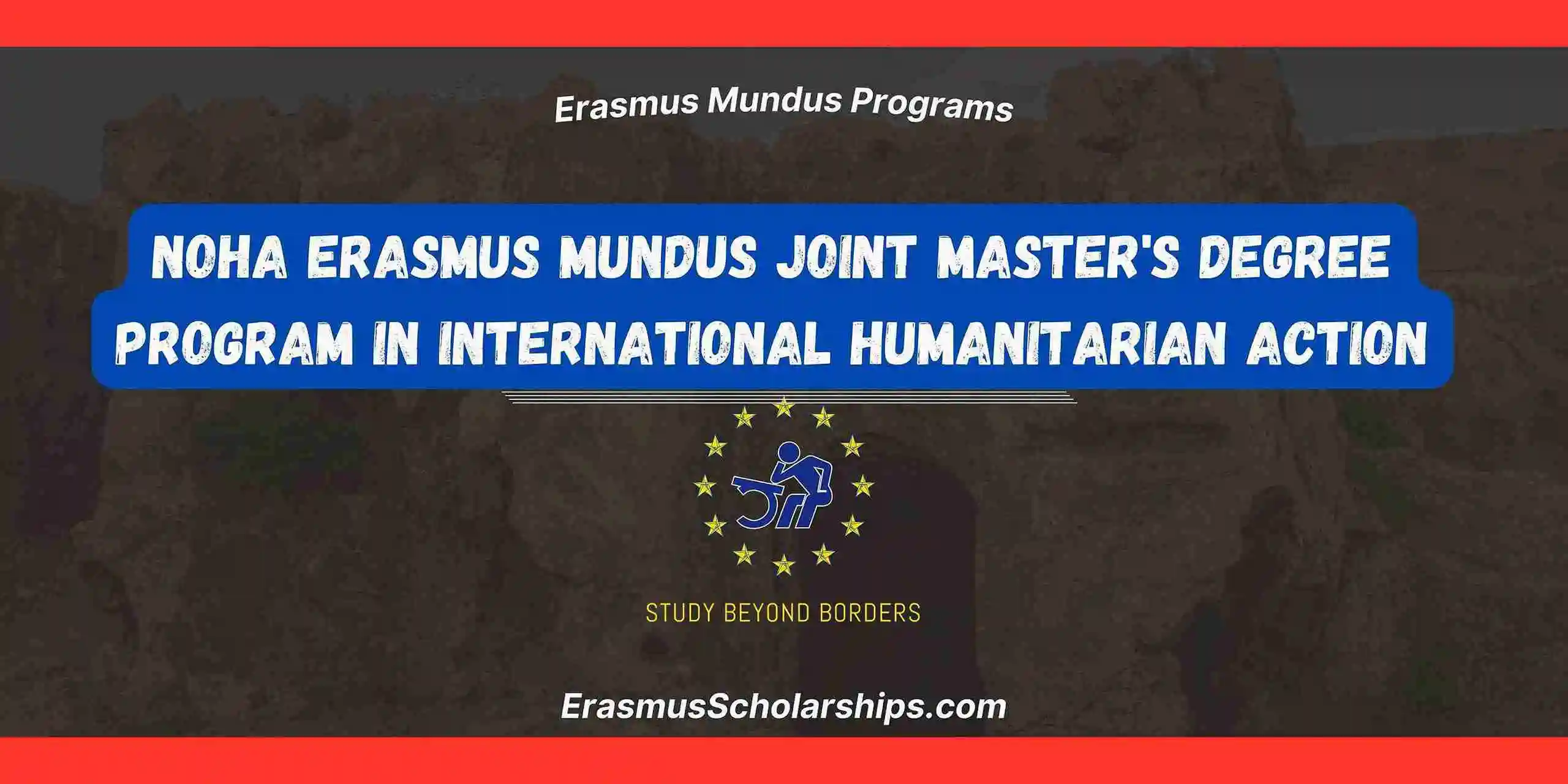The MAIA Erasmus Mundus is a distinguished and intensive two-year joint Master’s program (120 ECTS) that shuttles students across three European universities to provide a uniquely immersive, interdisciplinary education in medical imaging and computer-aided diagnosis (CAD)—with serious tech rigor and serious cultural coolness . Cohorts travel as a unit through France, Italy, and Spain—promoting camaraderie, cultural fluency, and shared intellectual growth .
Participants begin their journey at the University of Bourgogne (uB) in France, where they tackle foundational image processing and medical imaging. They then graduate to UNICLAM in Italy for advanced courses in computer vision and pattern recognition. The third semester brings students to the University of Girona (UdG) in Spain, emphasizing applied computer-aided diagnosis technologies. In the final semester, students undertake their Master’s thesis at any of the consortium universities or collaborating institutions—academia or industry alike
Project Status
- Status: Ongoing
- tart date 01-09-2019
- End date 31-08-2025
- Action Type: Erasmus Mundus Joint Master
- Universities Involved
- Countries Involved
The MAIA Erasmus Mundus program is a Master’s in Medical Imaging and Applications offered by leading European universities.
| University of Girona (UdG) |
| University of Bourgogne (uB) |
| Università degli Studi di Cassino e del Lazio Meridionale (UNICLAM/UNICAS) |
| Spain |
| France |
| Italy |
This cross-border collaboration allows students to gain an international perspective while studying and researching in the heart of Europe’s academic and industrial hubs.
Description of the MAIA Erasmus Mundus Program
The MAIA Erasmus Mundus master’s degree bridges the cutting-edge domains of artificial intelligence, machine learning, pattern recognition, computer vision, image processing, and sensor technology—applied precisely to the medical imaging field, enabling innovations in computer-aided diagnosis. Delivered entirely in English over 24 months, the program equips students—from engineering or closely related scientific backgrounds—with the skills to design, develop, and deploy next-generation diagnostic systems
Key Features of the MAIA Erasmus Mundus Program
- Cohort-Based Mobility: Students move as a group across the three institutions—ensuring shared experiences, tight-knit bonds, and better intercultural integration
- Language and Culture Modules: Students develop competencies in French, Italian, and Spanish/Catalan, enhancing cultural immersion and European identity
- Optional Fourth-Semester Mobility: Master’s thesis can be completed at consortium universities or external research groups/companies—maximizing employability, global exposure, and research potential.
- EMA Alumni Network Access: Graduates join the Erasmus Mundus Students and Alumni Association, gaining access to a global network of over 9,000 professionals
Mobility Tracks of the MAIA Erasmus Mundus Program
- Semester 1: University of Bourgogne, France — introductory image processing and medical imaging
- Semester 2: UNICLAM (Italy) — advanced computer vision and pattern recognition
- Semester 3: UdG (Spain) — applied computer-aided diagnosis and medical applications
- Semester 4: Master’s thesis at any consortium university or associated institution/research group/company
Admission Requirements
- Academic Background: Bachelor’s in Informatics Engineering or related fields (Engineering, Mathematics, Physics, etc.).
- Non-Informatics Applicants: Eligible—may need to work harder early on in the program.
- Graduation Status: Final-year students can apply if they provide proof of degree completion—diploma required upon acceptance.
- Language Proficiency: Minimum CEFR B2 in English. IELTS ≥ 6.5 accepted; TOEFL Home Edition and Duolingo English Test not accepted. If Bachelor’s was taught in English, an official university letter suffices.
- Previous Master’s Degree: Acceptable—but if you’ve already had an EMJMD scholarship, you’re ineligible for a second EMJMD scholarship
- Scholarship Details: No Erasmus Mundus scholarships are available for the 2024–2026 intake; self-funded applicants pay tuition in two installments, and consortium fee waivers may be available for certain applicants
How to Apply for MAIA Erasmus Mundus Program
- Visit the official MAIA site and access the Online Application portal (when open for upcoming intake)
- Prepare required documents:
- Motivation letter (clearly articulate your goals and fit)
- Curriculum Vitae (preferably Europass, but not mandatory)
- Degree/diploma or proof of pending graduation
- Academic transcripts
- English proficiency documentation or official letter
- Copy of passport/ID and a passport-size photo
- Details of two referees with institutional emails (they will be contacted directly)
- Submit the completed application before the deadline (note: scholarship deadlines differ from self-funded deadlines).
- If selected, complete pre-registration at UdG and provide validation of foreign grades via the Spanish Ministry of Education, Culture and Sport
Tips to Win the MAIA Erasmus Mundus Program
- Craft a compelling motivation letter: Explain why MAIA, your career goals, added value, and bindings to the field.
- Polish your academic profile and CV: Highlight academic excellence, relevant experience, research, and quantitative achievements.
- Submit strong, timely references: Choose referees who can speak to your qualifications thoroughly.
- Demonstrate language clarity and readiness: A B2-level command of English is essential.
- Apply early and follow guidelines meticulously—especially during open application periods.
- Consider self-funding strategically—especially since EMJMD scholarships aren’t available in upcoming intakes.
Application Timeline
- Opens: November
- Deadline: January
- Enroll: Starting September following selection
Curriculum Structure of the MAIA Erasmus Mundus Program
- Semesters 1–3 each carry 30 ECTS and are hosted sequentially:
- Semester 1 (France): Image Processing, Medical Imaging
- Semester 2 (Italy): Computer Vision, Pattern Recognition, Machine Learning
- Semester 3 (Spain): Computer-Aided Diagnosis, Applied Medical Imaging
- Semester 4 (30 ECTS): Master’s thesis at consortium or collaborating institution
Coordinator Contact
- info@maiamaster.org
- Phone: +34 669 20 24 74
Alumni Feedback
The MAIA master has introduced me to practical applications of machine learning and image analysis to solve existing difficulties when dealing with analyzing medical images. In addition to boosting my professional career, MAIA has exposed me to an international community of students and researchers, and helped me to discover and learn about different cultures. Traveling to multiple cities has positively influenced the way I see and relate with my environment. For my thesis, I worked on soft tissue lesion detection in digital breast tomosynthesis using domain adaptation from mammograms in Screenpoint Medical (Nijmegen, The Netherlands).
~Mahlet Birhanut
Frequently Asked Questions (FAQs)
What is the MAIA Erasmus Mundus Program?
The MAIA Erasmus Mundus Program is a two-year joint Master’s degree focusing on advanced medical imaging, image processing, and computer-aided diagnosis, taught across universities in France, Italy, and Spain.
Who is eligible to apply for the MAIA Erasmus Mundus Program?
Applicants with a Bachelor’s degree in Informatics Engineering, Computer Science, Physics, Mathematics, or related fields are eligible for the MAIA Erasmus Mundus Program. Final-year students can also apply if they provide proof of graduation before enrollment.
What is the language requirement for the MAIA Erasmus Mundus Program?
Applicants to the MAIA Erasmus Mundus Program must demonstrate English proficiency at a minimum CEFR B2 level, typically with IELTS (≥6.5) or equivalent.
How can I apply for the MAIA Erasmus Mundus Program?
Applications to the MAIA Erasmus Mundus Program are submitted online via the official website, with required documents including transcripts, CV, motivation letter, language proof, and referee contacts.
What career opportunities are available after completing the MAIA Erasmus Mundus Program?
Graduates of the MAIA Erasmus Mundus Program pursue careers in academia, healthcare technology, biomedical engineering, AI-based medical solutions, and imaging research, or continue toward doctoral studies.

